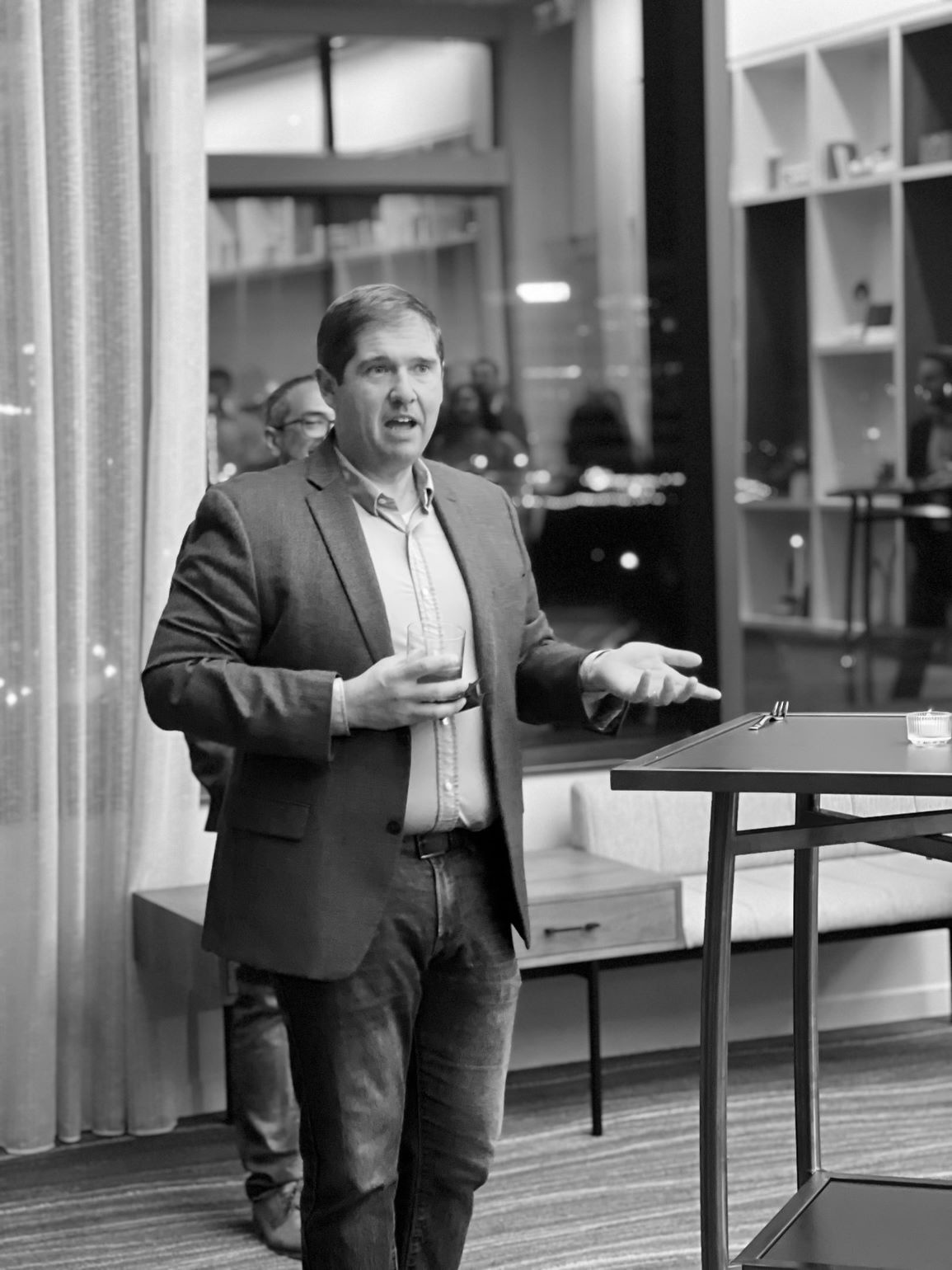This is the fourth of a five-part series, Working with COVID: A Five-Part Guide to Work-Life Integration during the Pandemic.

Over the course of the pandemic, we have been bombarded with data. Case counts, hospitalizations, and unfortunately death counts, have been at the top of the papers and the bottom of our TVs for some two years now. We have learned to interpret new metrics like cases per 100,000 and come to understand the important relationship between cases and hospitalizations. As the founder of a company focused on digital transformation and data analytics, it has been fascinating to watch what we get right and wrong about data in these times when data could help make better decisions for our communities and country.
The same is true for businesses and organizations. Many organizations underutilize two of their most abundant assets — data and people. Why do organizations struggle to use data? Using data in an organization is a change that needs to be handled like any other change. The simple answer is that we are asking a slow-evolving brain to keep up with fast-advancing technology. The more complex answer is that organizations don’t do enough to meet people where they are and help them bridge that gap between their current comfort zone and their desired future state.
My colleague Victoria Grady and I [Patrick McCreesh] conducted extensive research on how people navigate change. We found that data can play a critical role in helping people through all kinds of changes.
This comes in the “transitional space.” There is a time when team members have been introduced to a possible change, but have not yet had the change fully described or prescribed for them. This is the transitional space. In this space, our minds are aware something new is coming, but we don’t have too many ideas as to what it might be.
Data helps us form our views in this transitional space and helps us shift our mindset. Data’s role is effective for three reasons:
- Enables people to detach from MEL: — Many people do not resist change because they think the solution is wrong. They resist change because it goes against their MEL — memory, emotion, and learning. The change triggers a biological response to a place of comfort associated with positive memories, strong emotions, and learned behavior. Data helps take the conversation away from these feelings to a conversation about something more tangible.
- Forces us to have hypothetical conversations: — As team members engage with data, they will inherently start to find solutions on their own. This is important to support buy-in for change. The creativity process is an important function that pushes us past an emotional response to one that engages different parts of our brain. This allows us to let go of old memories and emotions, and even get potentially excited about the future.
- Data becomes a transitional object: A transitional object is something individuals connect with to help them bridge from the current state to the future state. While we often suggest that these objects should be tangible, data is an interesting type of transitional object because it allows people to play with ideas without fully committing to something.
Data-driven change requires accountability
There are two potential gotchas when using data to help drive a change.
- The first is that data must be used within a broader story. Presenting data alone will do nothing to help team members move their position on a change. For example, if you want team members to use Salesforce and you tell them that 80 percent of your competitors are using Salesforce, that might work. On the other hand, if you weave a story about how you are investing to modernize the team and be competitive for the next decade, such as moving the sales to the team to Salesforce along with 80 percent of your competitors, you might get a slightly different reaction. The story matters as much as the data.
- The second gotcha is to be wary of letting the data drive decisions without human accountability. You want data to drive decisions, but data cannot be responsible for decisions. Only leaders can be responsible for decisions. If a leader attempts to tell his or her team “the data made me do it,” he or she will fail. Data should be the start of a conversation about performance in an organization (past or future), but it will not make decisions for you. Like the storytelling example above, decisions with data still require a human element to connect with people, and they require human accountability.
Data is a powerful tool that should be leveraged by more organizations. Data literacy should become a core competency of executives over the next decade. However, most organizations need to ease into this new paradigm by treating data-driven thinking as a change management exercise. Luckily, data can support this process by creating an antidote to the often emotionally charged change conversations. Data is a change, but it will also help drive change in those organizations ready to embrace data-driven thinking.



